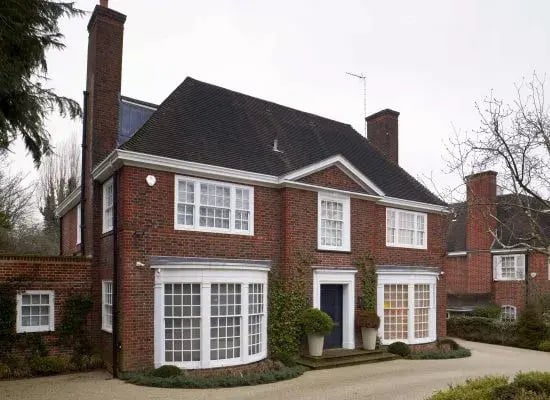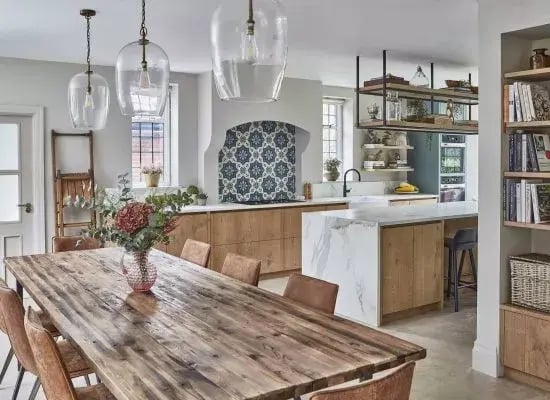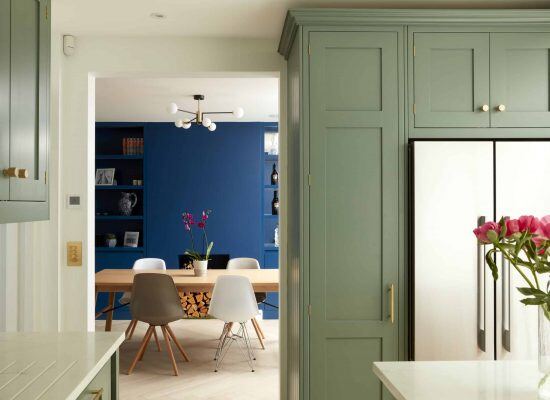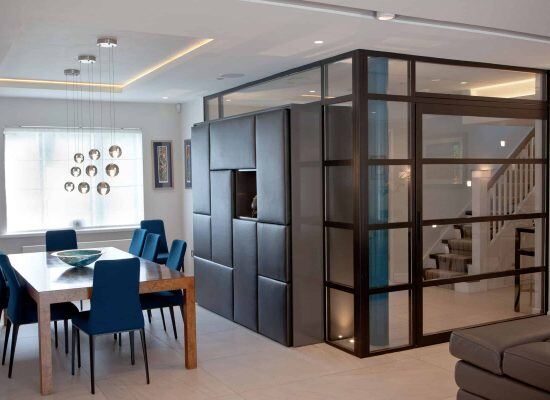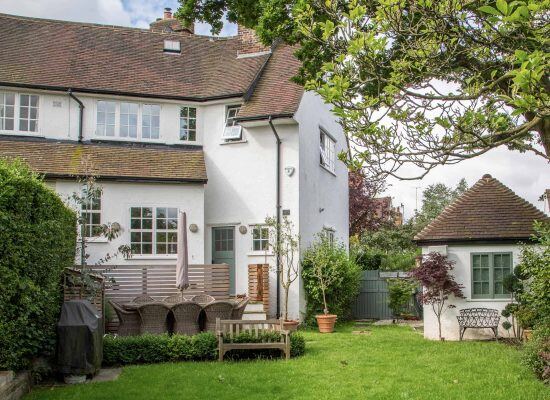Hampstead Garden Suburb
This is a selection of our high end projects in Hampstead Garden Suburb.
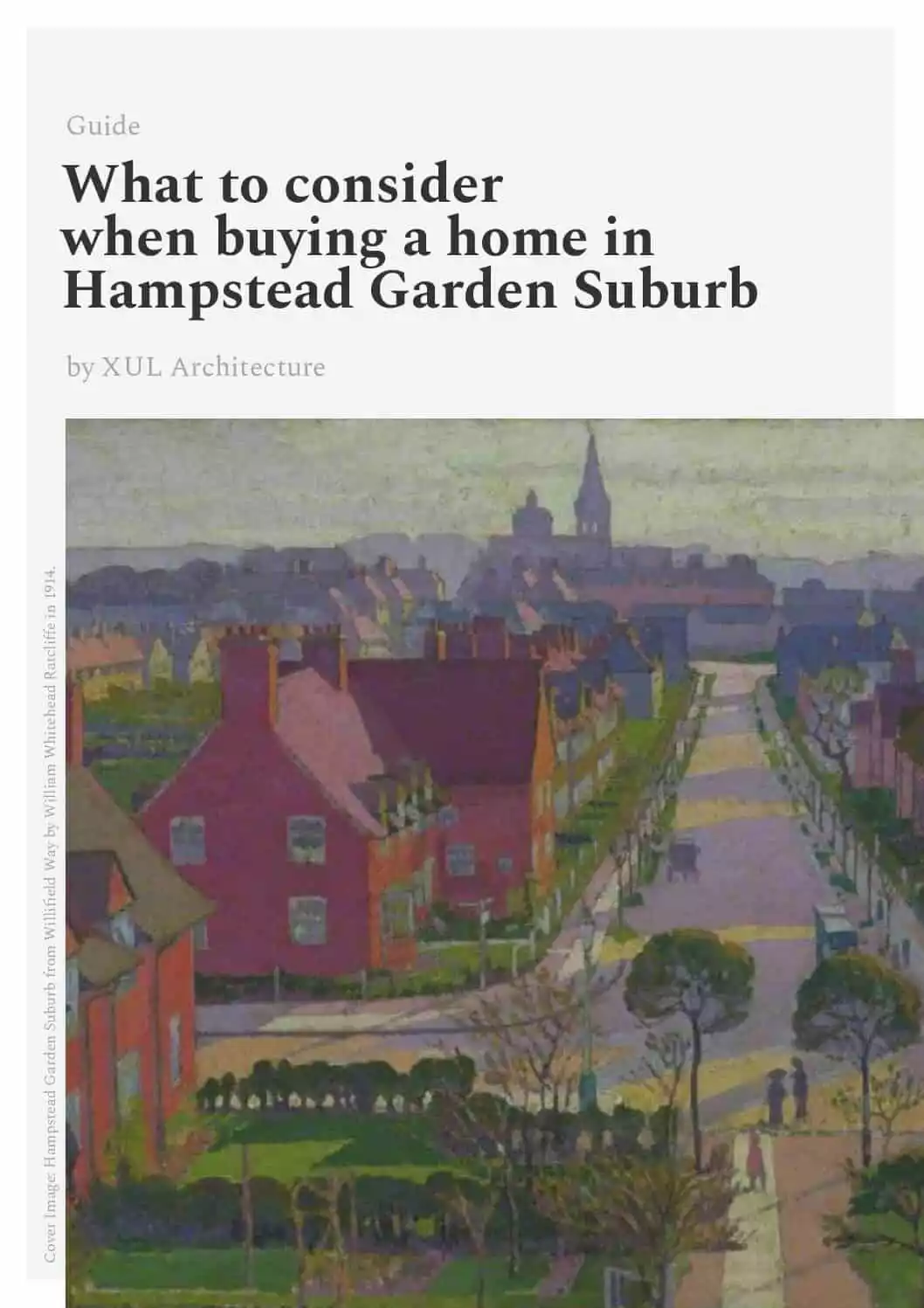
What to consider when buying a home in Hampstead Garden Suburb
XUL Architecture have designed a number of homes in Hampstead Garden Suburb.
This document summarises the key points which XUL Architecture would consider when preparing designs for your home.
Download the guide now:
Spaniards Close
Heath House
Azure House
Meadway Close
Willifield Way
The History Of Hampstead Garden Suburb
With its community feel and charming houses, Hampstead Garden Suburb has been one of London’s most appealing areas to live since its construction around a century ago. Today, the suburb retains its original character and community spirit, while its houses are recognised as some of the finest examples of early 20th-century architecture. These elements combine to make Hampstead Garden Suburb a covetable address.
As a conservation area, Hampstead Garden Suburb Trust carefully protects the character of the world-renowned buildings located within this ground-breaking community. But, it is not just the charm and character of this suburb that makes it so fascinating; the suburb has a long and interesting history, which add to the appeal of this unique part of London.
Henrietta Barnett’s Vision
Hampstead Garden Suburb is rooted in the vision of Henrietta Barnett. As the wife of Canon Samuel Barnett, the vicar of St Jude’s in Whitechapel, Henrietta had experienced first-hand the poor living conditions and quality of life endured by those living in poverty in London. The couple had already committed their time and attention to helping the impoverished residents of the Whitechapel parish, by improving conditions for women and girls living in the slums. But, it was the couple’s weekend home in Hampstead that inspired Henrietta’s next major undertaking. The Barnett’s weekend house overlooked acres of heath and farmland in Hampstead Heath, owned by Eton School.
When Golders Green station opened in 1900, it was likely that the heath and farmland would be developed. Concerned by the prospect of the land being used for poor-quality housing, Henrietta set about making plans to ensure this did not happen. Instead, Henrietta proposed the land be developed in the ‘garden city’ style, which had been successfully implemented in the creation of Letchworth Garden City, designed by the urban planner and garden city movement founder, Sir Ebenezer Howard.
Development of Hampstead Garden Suburb
Taking inspiration from Howard’s work, Henrietta successfully lobbied for Hampstead to be created in the garden city style. Henrietta aimed to create a community where both rich and poor could live in housing far removed from the usual cramped developments constructed at that time. Instead, Henrietta’s vision was for different classes to share the same community, for the houses to be non-uniform and built at a low density to ensure the area was not overcrowded. The low-density housing was to be interspersed with green spaces which retained the existing woodland, hedges, and trees. In addition, Henrietta planned to include allotment gardens so that residents could grow their own fruit and vegetables.
To realise her plans for this unique urban development, Henrietta established the Hampstead Garden Suburb Trust in 1906. Henrietta enlisted the services of some of the best architects of the age, including Raymond Unwin and Edwin Lutyens, and work on the construction of the housing began in 1907. Initially, many of the cottages were built in the Arts and Crafts style and intended to be rented at a low cost. However, the arrival of World War I, and the rising costs of the development, meant that the percentage of dwellings designated as social housing diminished below the intended number. But, the suburb remained as an area of thoughtfully-designed housing with community developments just as Henrietta had intended. Among the community buildings were St. Jude’s Church, the Institute which was home to the library, a nursery, clubhouse, schools, and further buildings constructed to enhance the suburb.
By the mid-1930s, the suburb was almost completed and had grown to encompass 800 acres of land, providing homes for approximately 16,000 residents. Unfortunately, during World War II, some buildings were destroyed, including the original clubhouse.
Hampstead Garden Suburb Conservation Area
The New Hampstead Garden Suburb Trust was set up in 1968 and created to maintain the character of the suburb. The new trust was set up in response to the 1967 Leasehold Reform Act, which meant that the control of the properties under existing covenants was lost. The Hampstead Garden Suburb became a Conservation Area in 1969, providing further protection over the character of the area and restricting changes that homeowners could make to the appearance of their properties. The current Hampstead Garden Suburb Trust ensures that the area preserves its character, making it necessary for homeowners to adhere to various rules when carrying out work on their properties. Rules such as replacement windows needing to have wooden frames and hedges being used as boundaries between plots help to ensure that this ground-breaking estate retains its charm and original character.


